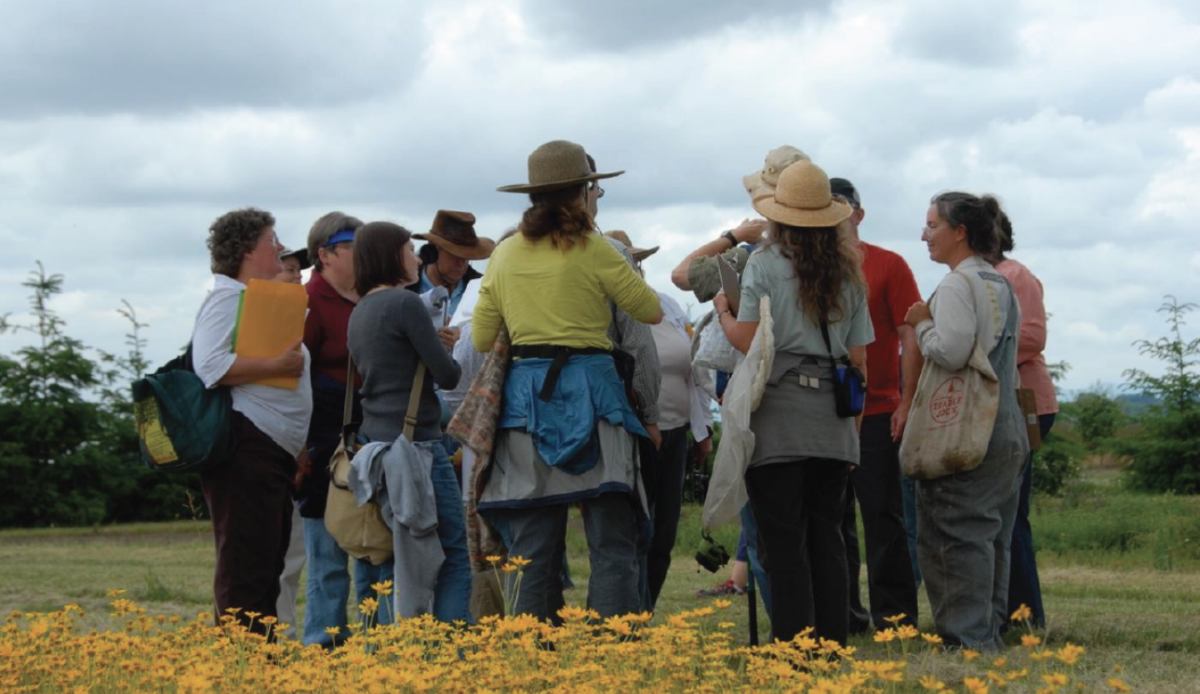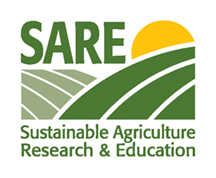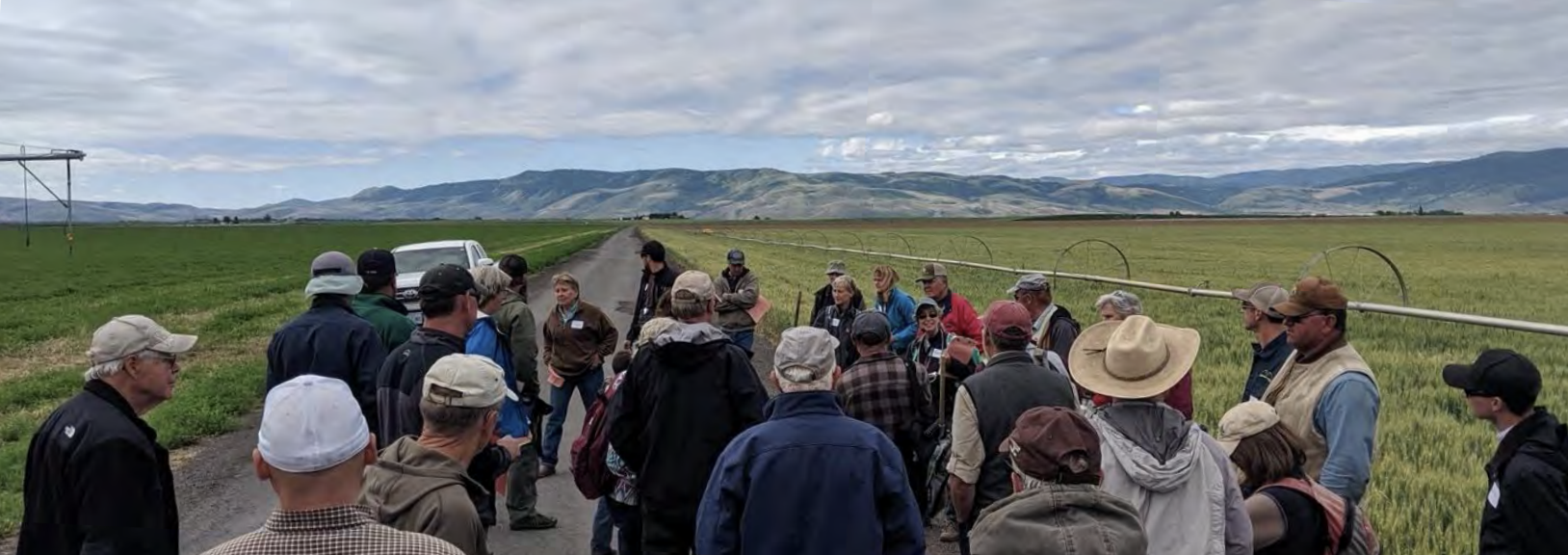
This outcome-based, interactive approach to curriculum design strengthened extension faculty pedagogy, increased producer engagement, and shifted pesticide application practices to protect water quality and reduce pesticide resistance.
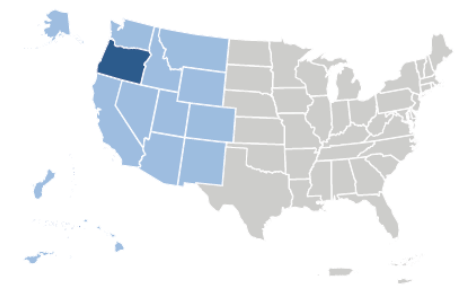
Region: Western
State: Oregon
Grant Type: Professional Development Program
Grant: EW16-010
SARE POST-PROJECT EVALUATION IMPACT MODEL
This evaluation impact model is specific to this SARE-funded project.
Sustainability Impacts
The project grantees and stakeholders contributed to the following sustainability impacts:
- Environmental sustainability impacts
Grantee Indicators
(Ag Professional)
Project grantees (defined above) achieved sustainability impacts by engaging with the following indicators through involvement with project activities:
- Increased knowledge/skills
- Increased capacity/motivation
- Practice change
Train the Trainer PDP Participant Indicators
(Extension Faculty)
Project stakeholders (defined above) achieved sustainability impacts by engaging with the following indicators through involvement with project activities:
- Increased knowledge/skills
- Increased capacity/motivation
- Practice change
Sustainable Agriculture PDP Participant Indicators
(Producer)
Project stakeholders (defined above) achieved sustainability impacts by engaging with the following indicators through involvement with project activities:
- Increased knowledge/skills
- Increased engagement
- Practice change
The Success Story
Extension professionals are often experts in their fields, but poor curriculum design and ineffective learner engagement pose challenges to maximizing the impacts of their programs. Principal Investigator Mary Halbleib successfully piloted a template-based educational framework that positions diverse producers to be self-directed learners and drives practice changes that enhance environmental sustainability.
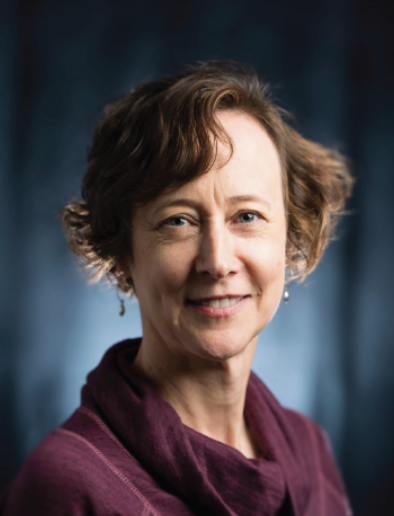
Grantee (Principle Investigator) Highlights
At the time of this grant, Halbleib was a mid-career academic who had recently shifted to developing a capacity-building program to empower extension faculty to co-create learning partnerships with communities. She gained knowledge of the importance of intentional and collaborative partner engagement, which she applied to a subsequent extension faculty professional development training grant. Halbleib evolved her grant management practice by crafting a clearly articulated announcement and survey-based application process for interested agricultural educators, and once cohort members wereselected, established a formal written agreement outlining collaboration expectations and conditions for them to receive funding. According to Halbleib, "these were powerful tools to build trust and transparent sharing about challenges." Halbleib also refined her current program implementation approach by involving paid producers to serve as co-educators with extension faculty and other agricultural educators. With an expanded collaborative network she attributes to SARE grants, she has carried her work forward to international contexts. The funding also helped Halbleib further her engaged scholarship. She has produced numerous publications to disseminate learning generated through her projects, which contributed substantially to her achieving Professor of Practice in the Crop and Soil Science Department at Oregon State University in 2022.
Using New Forms of Engagement
The ALCE approach is very helpful for engaging adult learners. To be honest, I wasn't sure how the growers would respond to a consultation process based on ALCE since I knew it was going to take them out of their comfort zone. I thought it might take too long to familiarize the growers with the process. But once it was up and running, they engaged and were contributing ideas and discussion. The high level of grower involvement was a real surprise! The growers were able to come together in agreement on several future outcomes they identified as important for their industry. Equally as important, the outcomes developed by the growers will provide critical guidance for developing future outreach programs that are in sync with stakeholder priorities.”
—Darrin Walenta, Project Leader
Train the Trainer PDP Participant (Agriculture Educators) Highlights
Extension professionals received training and an Adaptive Learner-Centered Education toolkit with two program design templates for a variety of in-person and virtual workshop formats. The Outcome- Based Extension Education Design Template provides a cohesive program structure that supports instructional design focused on learning outcomes to meet the real-world needs of learners. The Facilitating Teaching and Learning Template supports determining the best use of program time and maximizes learner engagement. This publication reports three case examples in which extension professionals applied adult learning best practices to: 1) Develop the program by envisioning its desired outcomes in consultation with stakeholders /producers; 2) Design decision-support tools that integrate the necessary data for producers to make informed, sustainable choices, and; 3) Create learning experiences focused on the specific audience and their needs. In evaluation surveys, extension professionals reported increased confidence in using the tool kit and applying evidence-based adult learning practices. They also increased ongoing engagement by facilitating a monthly gathering to discuss and provide training on adult education topics and through conference presentations and collaboration on articles.
Sustainable Agriculture PDP Participant (Producers) Highlights
In the context of the trainings, pesticide users stepped up as co- creators by identifying targeted outcomes, action categories, and education priorities. After the training, the decision-support tools were developed to meet their stated needs (e.g., pesticide use and fact sheets specific to their locations and production calendars). These locally-relevant resources enabled producers and other pesticide users to adjust their pesticide application practices to increase water quality protection, reduce the risk of pesticide resistance, and diversify on-farm habitat for enhancing and sustaining beneficial insect populations.
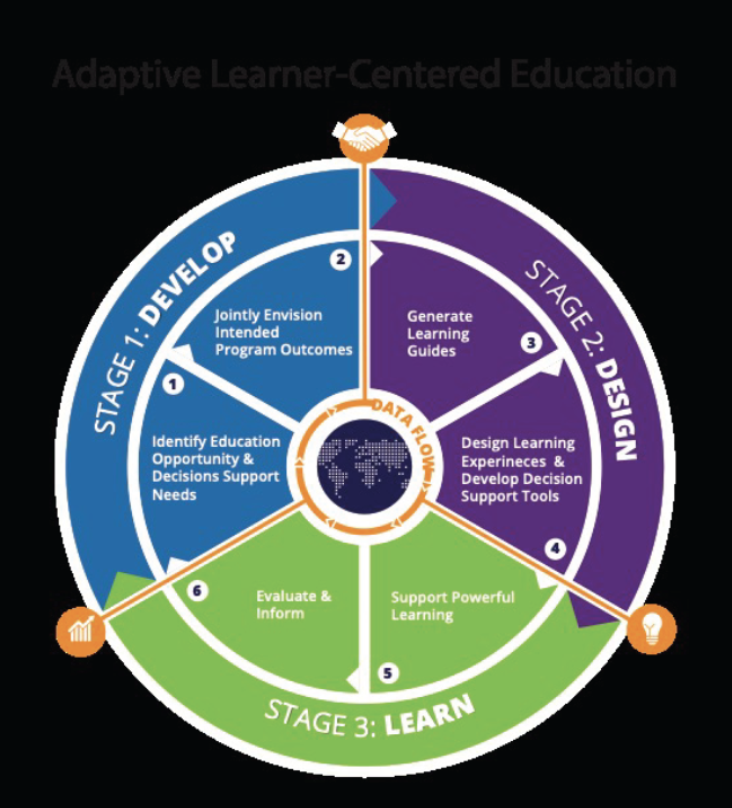
Adapting Pest Management Practices
You want to know how much of an impact [the Middle Rogue PSP Partnership] had on me, and I'm saying, I do think about it. I think about 'Well let's see, do I want to buy that product? Seems like that was the number one thing in the water.' I wouldn't say that I would never use it, but I'd be less inclined, and if I did, I would probably be a little more careful the closer I got to our waterways."
—Farmer participant in the Middle Rogue Pesticide Stewardship Partnership
Sustainability Impacts
Known environmental sustainability impacts resulting from producers' integrated pest management practices include reduced harm to watersheds by lowering thermal, wind, and inversion drift and runoff and reduced risk of pesticide resistance through increased chemistry rotation. Reduced pesticide resistance may decrease crop loss and contribute to production efficiencies, although these impacts were not assessed in the context of Halbleib's PDP grant.
The Impact of SARE
So much came out of this SARE grant, it's amazing. I was on a trajectory, and the project allowed me to increase the approaches I use to support faculty-led partnerships across Oregon. As a result, I implemented a more intentional process, tested out the ideas in diverse places, and saw how those inside and outside of OSU adapted the methods to meet the needs o f their communities. It accelerated my learning and scholarship.
—Mary Halbleib, OSU Professor of Practice and SARE Professional Development Program grantee
Barriers
Halbleib originally planned to partner with a co-investigator on her SARE grant but this person was unable to continue working on the project. She also lost a subset of extension faculty collaborators who elected to contribute during the grant application process but did not have the capacity to contribute once funding was received.
Contributors
With support from SARE, Halbleib was able to "rebirth" the grant as a sole investigator with a subset of collaborators committed to the project and willing to test an innovative, learner-driven approach. Although these challenges delayed project completion, Halbleib acquired substantial knowledge about grant seeking, leading collaborative projects, and disseminating learning.
